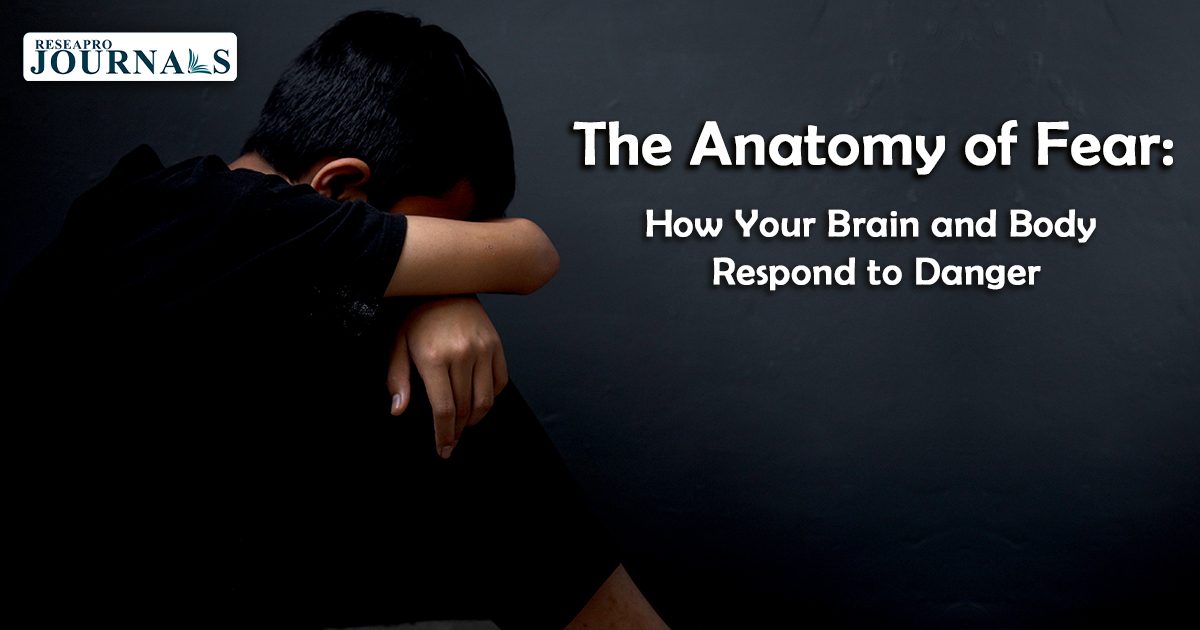|
Getting your Trinity Audio player ready...
|
Fear and anxiety aren’t just in your mind, as psychiatrist and neuroscientist Arash Javanbakht explains. While the brain processes these emotions, they manifest throughout the body. The amygdala, a key brain region, triggers physical responses rapidly when danger is perceived. The hippocampus contextualizes fear, differentiating between real threats and safe situations. The prefrontal cortex handles the cognitive and social aspects of fear. When the brain deems fear necessary, it activates body-wide neuronal and hormonal pathways, preparing for action. This includes muscle readiness, heart rate increase, lung function changes, and digestion slowdown. Sensations are relayed back to the brain, creating a loop of anxiety.




